Category: Beverage Ingredients
A wide range of information pertaining to ingredients used in the brewing process.
- Hops 147
- Malt 32
- Other Ingredients 27
Expert Topic A Thoughtful Approach to Brewing with Adjuncts
Brewing with adjuncts is more than just dumping a specialty ingredient in the mash or adding it into a fermenter. As experimentation grows in the beer space, consumers are savvy about recipes and have expectations. Brewers need to understand what they are working with and how different flavors can impact beer.
(more...)

Beverage Ingredients featured expert topic supported by WEIMA America, Inc.
Welcome to the World of Shredding & Compressing! New drainage and compression technology for the beverage industry! As the world innovates, so do we.
Expert Topic Brewing With Breakfast Cereal
As brewers embrace whimsy in pints, some are looking to a Saturday morning breakfast staple from childhood and adding cereal to their beers. When done correctly they can evoke the familiar flavors contained in the box and even get a boost from specialty malts, lactose, and specific hop varietals to round out a complete AM experience.
(more...)
Expert Topic Getting To Know Your Local Maltster
The popularity of local maltsters has exploded in recent years. Yet brewers still confess some trepidation over how to incorporate locally produced malts into their beer portfolios and brewing operations. We talk with Andrea Stanley, co-founder of Valley Malt in Hadley, Massachusetts, to explore the benefits of building a relationship with your local maltster.
(more…)
Expert Topic Tips for Brewing With Cryo Hops – A Concentrated Lupulin Boost
Brewers are always searching for new ways to push the brewing envelope and to maximize the flavor potential of their ingredients. Hop farmers and suppliers work hard to match that level of experimentation with creative new products. Cryo Hops remain an exciting yet efficient way of having it all for brewers.
(more...)
Expert Topic Finding A House Culture With Matt Manthe of Odd Breed Wild Ales
Sour has become a catchall word for a variety of beers, including what many breweries call “mixed-fermentation.” As the United States nears 10,000 breweries, finding a way to stand out has become both critically important and increasingly difficult. Cultivating a house yeast culture or experimenting with different yeast strains are ways to create beers that are uniquely yours.
(more...)
Expert Topic A 2022 Hop Industry Outlook
Last year offered challenges to hop growers in the United States. What will the new year bring? Are there enough acres planted? What hops are in demand? How did last summer’s heat event in the Pacific Northwest change the crop and alter future plans? Eric Desmarais, the owner of CLS Farms in Yakima, Washington has been involved in the industry for a long time and has perspective on the year-to-year machinations of crops as well as a proper outlook for the new year.
(more…)
News Yakima Chief Completes New Warehouse Facility in Belgium
Yakima Chief Hops has completed construction of a cold storage warehouse in Belgium. Although Yakima Chief Hops has been supplying brewers worldwide for many years, the expansion into Europe is intended to improve logistics and allow for faster delivery times to brewery customers.
(more...)
Four of the Best Ways to Deaerate Your Brewing Water, Depending on Your Budget
If you worked as a brewer at Sierra Nevada Brewing circa 2005, you would have had the luxury of deaerating the brewing water with an expensive deaerating column to reduce the amount of dreaded dissolved oxygen (DO) in your cold side processes.
(more...)
News Consumer Group Says Vizzy Illegally Touting Health Claims with Addition of Vitamin C
The TTB has long prohibited any sort of health claim on alcohol packaging or advertising. The Center for Science in the Public Interest and Consumer Federation of America have submitted a letter to the Food and Drug Administration requesting that they bring enforcement action against Molson Coors for illegally misleading consumers with its Vizzy Hard Seltzer labeling and advertising campaign.
(more...)

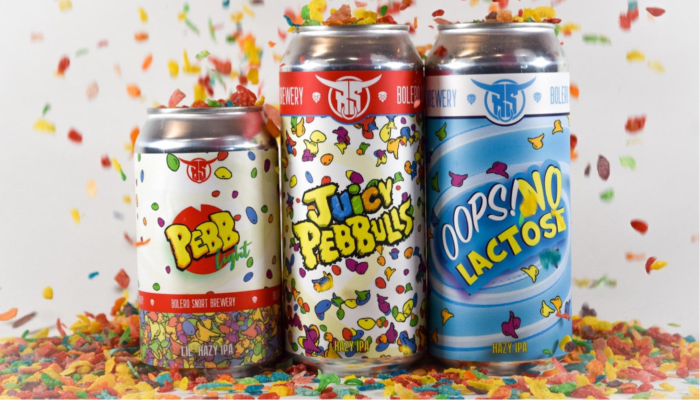
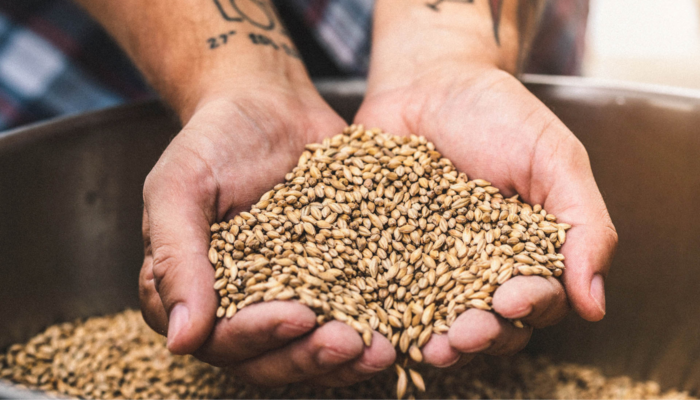

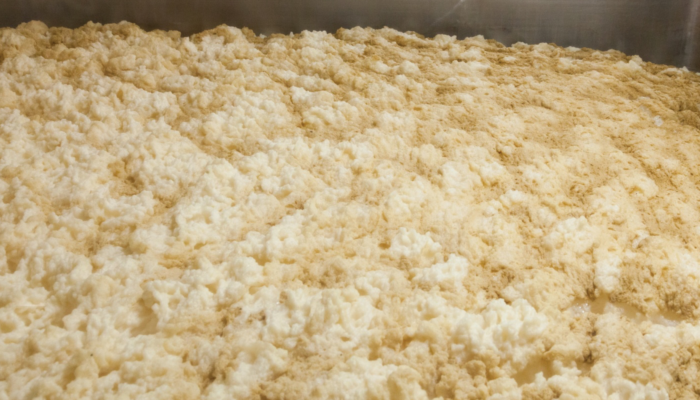
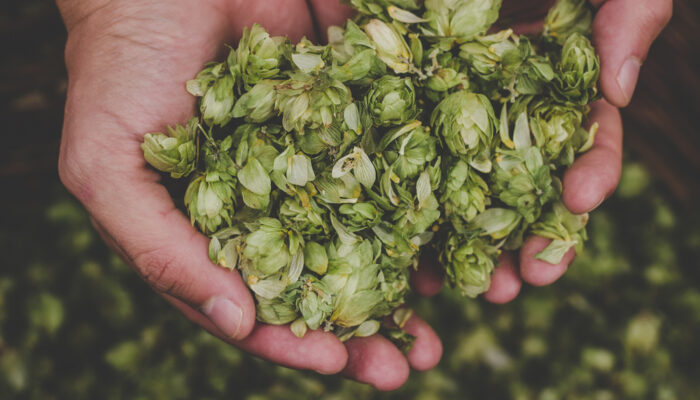
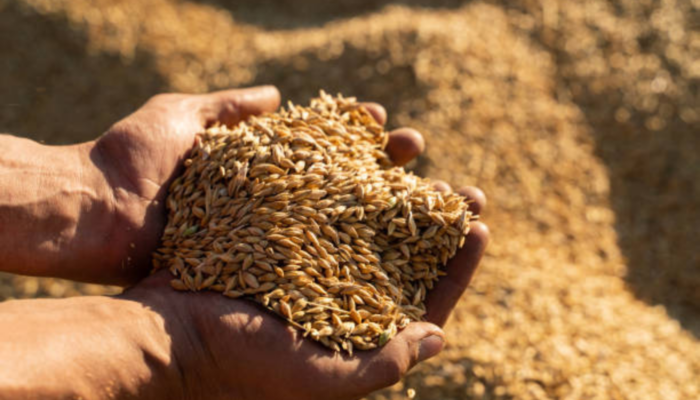
News A Peek Ahead: The Future of Cannabis and the Beer Industry
Posted by Tom McCormick
The recent proposal in Congress to decriminalize cannabis is the latest step forward in legalizing the drug nationally. Even if Congress doesn’t pass the current legislation, it is only a matter of time before it does. Eighteen states currently allow recreational cannabis.
(more...)